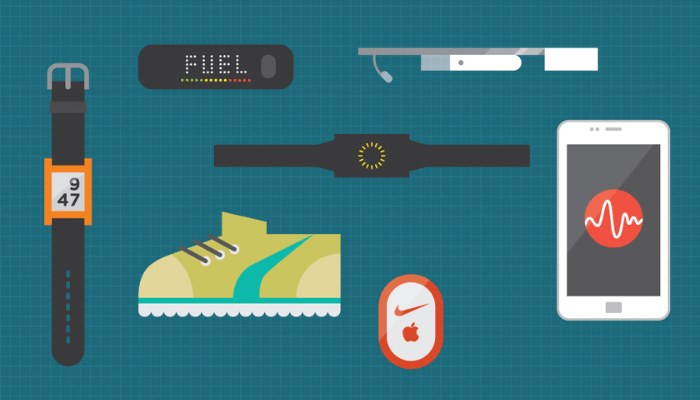Global shipments of wearable bands surged past 50 million units in the second quarter of 2025, marking a 13 percent year-on-year rise, according to new industry data by Omdia.
This strong performance comes amid growing consumer interest in health, fitness, and enhanced wearable functionality. The market expansion is being fueled by a combination of factors, including health, fitness, and wellness demand.
Users increasingly rely on devices to track heart rate, sleep quality, and activity levels. Entry-level bands have also gained traction, with vendors adding better sensors, longer battery life, and improved software integration at lower price points.
As more people seek to quantify their health, wearable bands are a more affordable, less intimidating entry point compared to full smartwatches or medical devices.
Read also: Nigerians prize health as wearable device sales boom
Manufacturers are pushing beyond hardware with richer software ecosystems, subscription services, connectivity (such as cellular/5G‐capable bands or watches), and integration with smartphone platforms. These “value‐adds” help retain users and encourage upgrades.
Emerging markets, particularly in Asia and parts of Africa, are driving volume sales, where affordable wearables are seen as the first step into digital health and connected lifestyles.
Despite the strong momentum, challenges persist. Competition in the basic band segment is squeezing margins, and upgrade cycles remain unpredictable, as many consumers hold onto devices longer. Battery life and durability continue to be key considerations for buyers.
The report noted that one of the factors behind sales growth is the rise of entry‐level bands with better sensing, better tracking, and sometimes more connectivity—all without the premium price tag. These added features make basic bands more appealing to a wider audience.
“Growth in emerging economies is playing an outsized role. Vendors offering wearable bands with strong value propositions, such as balancing features, price, and durability, are seeing a lot of traction in countries where premium devices are less affordable.”
Wearables are being pushed into new use cases such as medical or clinical monitoring, safety features, kids’ wearables, and so on. Vendors are also exploring different form factors: rings, smartglasses, etc., which helps keep consumer interest alive.









